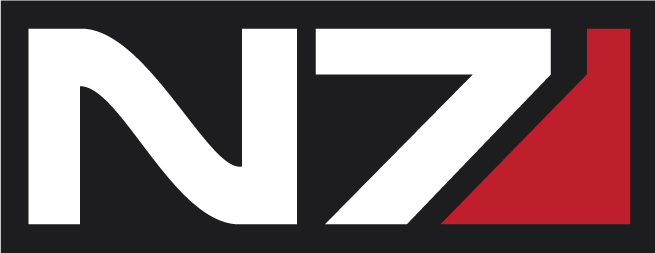Dragon Age’s Red Lyrium, Part Two
I wrote recently about my theory surrounding the genesis of the red lyrium with which we become disturbingly familiar over the course of Dragon Age 2. Because I’m so long-winded, I decided to stop speculating about the past and start spinning tales around what we do know and where BioWare might take us, as they have confirmed that they will in Dragon Age: Inquisition.
All of that last red lyrium post brought us around full circle to that idol that the Tethras brothers and Hawke find on the altar in DA2. Even presuming it existed when the thaig was abandoned, we know it’s far from inert. What we don’t know is whether it was corrupted when it was made or if it was subsequently tainted.
I see no reason to assume that lyrium requires direct, physical contact to absorb something as ephemeral as spirits. Even if it did, we cannot know how long the Profane have been lying inactive. The demon we meet there says that they hunger but it must have been a very long time since the dwarves drove the Darkspawn that deep. What they crave could, after all, be the spirits of the dead.
All of that last red lyrium post brought us around full circle to that idol that the Tethras brothers and Hawke find on the altar in DA2. Even presuming it existed when the thaig was abandoned, we know it’s far from inert. What we don’t know is whether it was corrupted when it was made or if it was subsequently tainted.
I see no reason to assume that lyrium requires direct, physical contact to absorb something as ephemeral as spirits. Even if it did, we cannot know how long the Profane have been lying inactive. The demon we meet there says that they hunger but it must have been a very long time since the dwarves drove the Darkspawn that deep. What they crave could, after all, be the spirits of the dead.
 RSS Feed
RSS Feed Twitter
Twitter
